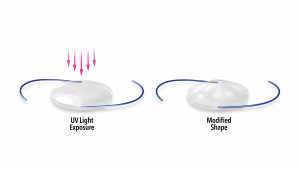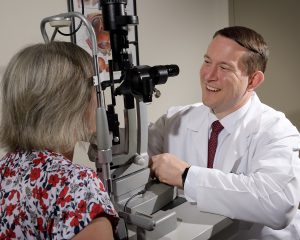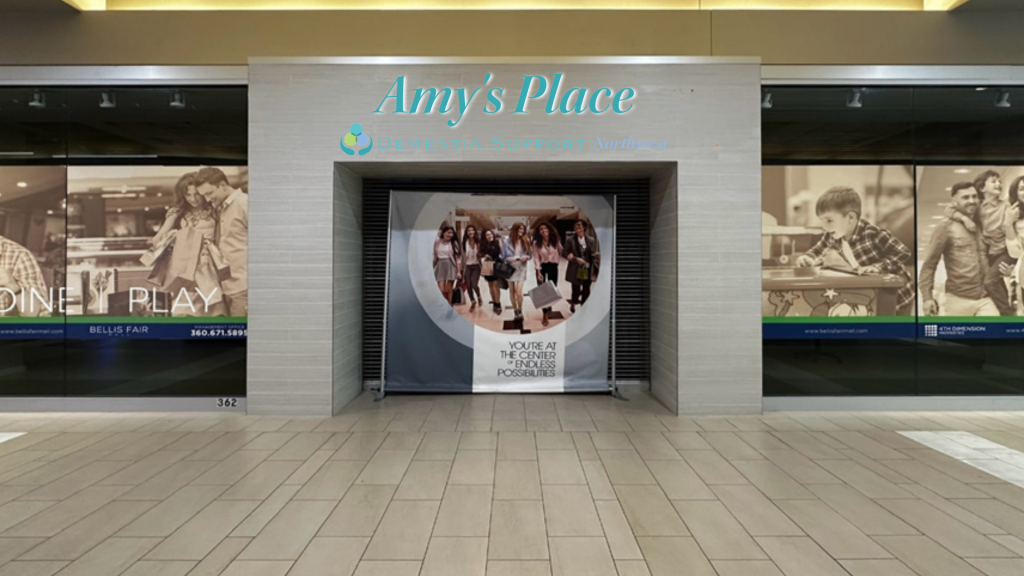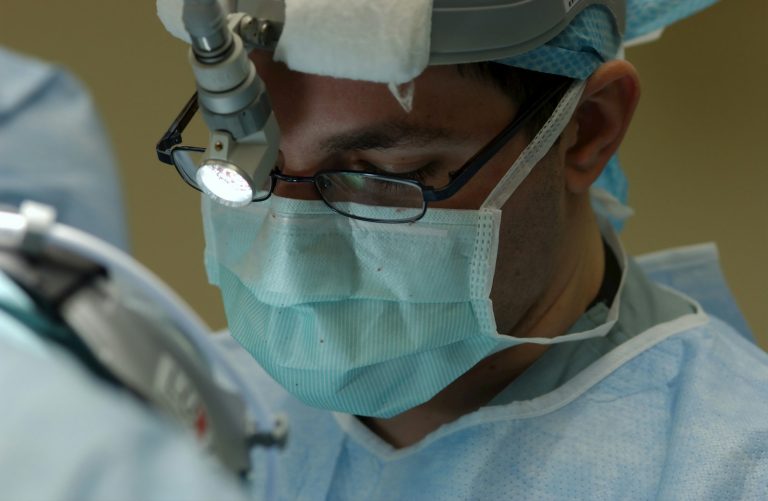Advances in Vision Correction is contributed by Northwest Eye Surgeons in the 2022 Spring/Summer edition of Vibrant Senior Options Resource Guide.
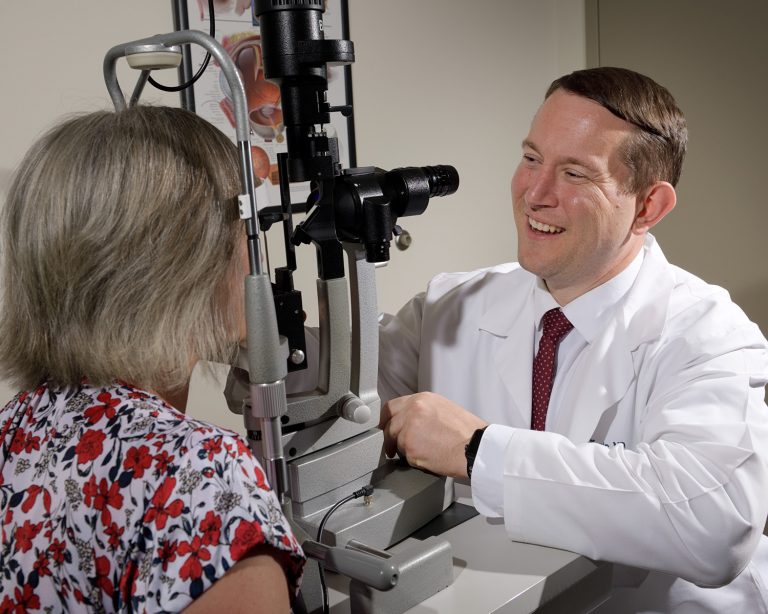
Optiwave Refractive Analysis (ORA)
We all know our bodies change as we age, and so do our eyes. Cataracts occur when the lens in the eye becomes cloudy and less flexible, causing blurry vision, trouble driving at night or difficulty reading and doing hobbies. Surgery is the next step when glasses can no longer correct the problem. Cataract surgery replaces the clouded lens with a new lens. Also, this surgery offers the opportunity to correct other vision problems. New technologies in cataract surgery can customize vision correction in aging eyes. These new technologies can give patients options to see how they want to see, and can reduce dependence on glasses.
Optiwave Refractive Analysis (ORA)
We all know our bodies change as we age, and so do our eyes. Cataracts occur when the lens in the eye becomes cloudy and less flexible, causing blurry vision, trouble driving at night or difficulty reading and doing hobbies. Surgery is the next step when glasses can no longer correct the problem. Cataract surgery replaces the clouded lens with a new lens. Also, this surgery offers the opportunity to correct other vision problems. New technologies in cataract surgery can customize vision correction in aging eyes. These new technologies can give patients options to see how they want to see, and can reduce dependence on glasses.
Light Adjustable Lens™ (LAL) by RxSight®
For the first time ever, this technology gives surgeons the ability to customize and optimize a lens that has already been implanted. This adjustable lens is made of a light-sensitive silicone material. Doctors refine vision after surgery by briefly exposing the lens to ultraviolet (UV) light. While the eye is healing, patients do need to wear special UV-blocking glasses. However, this is only until the doctor makes the last adjustment that “locks” the lens at the desired vision target. This final exposure to UV light causes the molecules in the silicone material to polymerize, or join together in a chain, into a permanent shape.
The manufacturer refers to a study of 600 subjects. According to this study, those who received the LAL, followed by light adjustments, were twice as likely to achieve 20/20 vision at 6 months without glasses, compared to those who received a standard monofocal lens.
This system uses three cameras on the viewing microscope and sophisticated computer software. These can take real-time measurements of the eye during surgery. Before surgery, doctors calculate measurements for the lens replacement. Next, ORA provides real-time data during surgery, which further guides surgeons in calculating the proper lens strength and surgical measurements. This process is to ensure the patient’s desired vision.
All Laser Eye Surgery Options for Vision Correction:
Laser eye surgery is no longer limited to the familiar refractive procedure known as LASIK. Eye surgeons now may use lasers in cataract surgery to provide more precision, faster healing time, and faster recovery of vision. In addition, Femtosecond lasers incorporate advanced imaging to make a 3D image of the eye, create perfect incisions, and break up the cataract in preparation for removal. Also, doctors may use other types of lasers, like the YAG laser, following cataract surgery if needed.
If you’re considering cataract surgery, first connect with your family eye doctor for a comprehensive eye exam and discuss your concerns. These technologies are available at Northwest Eye Surgeons locations as part of our Vision Correction program. You can learn more about cataract surgery at nweyes.com.
Laser eye surgery is no longer limited to the familiar refractive procedure known as LASIK. Eye surgeons now may use lasers in cataract surgery to provide more precision, faster healing time, and faster recovery of vision. In addition, Femtosecond lasers incorporate advanced imaging to make a 3D image of the eye, create perfect incisions, and break up the cataract in preparation for removal. Also, doctors may use other types of lasers, like the YAG laser, following cataract surgery if needed.
If you’re considering cataract surgery, first connect with your family eye doctor for a comprehensive eye exam and discuss your concerns. These technologies are available at Northwest Eye Surgeons locations as part of our Vision Correction program. You can learn more about cataract surgery at nweyes.com.

Northwest Eye Surgeons
1-800-826-4631
Vibrant Senior Options Home

